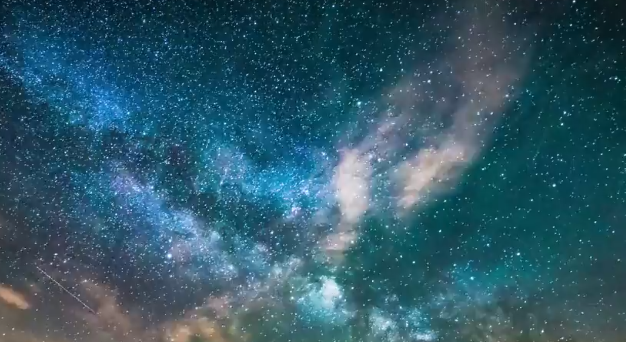No signs of alien life in closest 1,300 stars, study says: ‘We are left with zero candidates’

We phoned E.T., but it just rang and rang.
A comprehensive study from a number of organizations, including one funded by Russian billionaire Yuri Milner, found no evidence of extraterrestrial life among more than 1,300 stars in close proximity to Earth, a hunt that spanned more than 3 years.
“After excluding events with characteristics consistent with terrestrial radio interference, we are left with zero candidates,” the study reads.
EXTRATERRESTRIAL LIFE COULD BE SCARCER THAN FIRST THOUGHT, STUDY SAYS
Published in The Astrophysical Journal, the study looked at 1,327 stars close to Earth and found no “glaringly obvious” evidence of extraterrestrial life, University of California- Berkeley astrophysicist Danny Price said in an interview with Live Science. “There’s no amazingly advanced civilizations trying to contact us with incredibly powerful transmitters.”
Although it’s disappointing that the search did not turn up any obvious signs of life, Price added that it’s possible the search used wrong frequencies to listen in or signals were blocked by radio interference on Earth.
One thousand, one hundred thirty-eight stars were observed using the Green Bank radio telescope in West Virginia at 1.10–1.90 GHz and 1.80–2.80 GHz receivers. The remaining 189 stars were observed with the Parkes telescopes in New South Wales, Australia over 2.60–3.45 GHz.
“Combined, these observations constitute the most comprehensive survey for radio evidence of advanced life around nearby stars ever undertaken, improving on the results of Enriquez et al. (2017) in both sensitivity and number of stars,” the researchers wrote in the study.
They continued: “Together with other recent work from the resurgent SETI community, we are beginning to put rigorous and clearly defined limits on the behavior of advanced life in the universe. We note that significant additional observational and theoretical work remains to be done before we are able to make general statements about the prevalence of technologically capable species.”
In total, the team analyzed 1 petabyte worth of data and compiled 219 terabytes worth of data. The data has been made available to the public and can be found here.
18 NEW EARTH-SIZED EXOPLANETS POP UP IN OLD KEPLER PLANET-HUNTING DATA
Milner, the co-founder and former Chairman of internet company Mail.ru and the founder of venture capital firm DST Global, which has invested in tech behemoths such as Facebook and Alibaba, has been active with the Breakthrough Initiative, a 10-year project with $100 million in funding in hopes of finding extraterrestrial life via technosignatures.
A technosignature is defined as “any measurable property or effect that provides scientific evidence of past or present technology.”
In the past, Milner has proposed ideas such as building thousands of tiny ‘star chips’ to propel towards our nearest neighbor, Alpha Centauri, in an effort to explore that solar system.
The results of the Milner-backed study come just days after a separate study suggested intelligent life outside of Earth could be scarcer than first thought. The definition for the “habitable zone” – the distance between a planet and star – “is likely limited relative to that for microbial life” and the parameters for complex life are far more stringent.
In March, a separate study was published that said the presence of carbon monoxide could be a promising “biosignature” for extraterrestrial life and scientists should consider it, despite its potential for harm.



 Creators of mankind
Creators of mankind Description of “Tall white aliens”
Description of “Tall white aliens” Where they came from?
Where they came from? About hostile civilizations
About hostile civilizations The war for the Earth
The war for the Earth “Tall white aliens” about eternal life
“Tall white aliens” about eternal life Video: “Nordic aliens”
Video: “Nordic aliens” Aliens
Aliens Alien encounters
Alien encounters The aliens base
The aliens base UFO
UFO Technology UFO
Technology UFO Underground civilization
Underground civilization Ancient alien artifacts
Ancient alien artifacts Military and UFO
Military and UFO Mysteries and hypotheses
Mysteries and hypotheses Scientific facts
Scientific facts


















